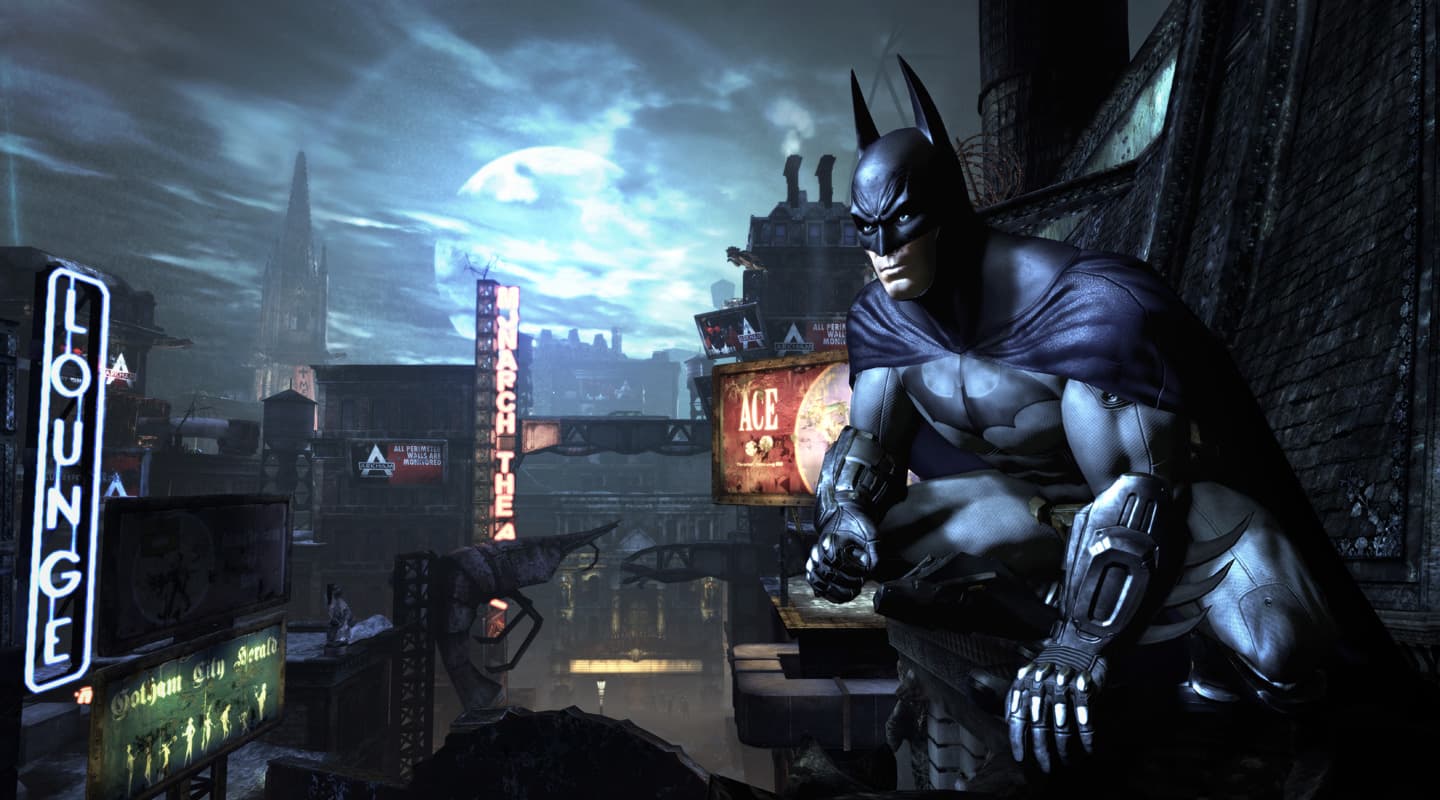
Batman: Arkham City
Nick Arundel, Rocksteady Studio’s Audio Director and Composer, adds a bunch of new tools to his utility belt for the latest Batman outing.
Text: John Broomhall
Videogame audio productions don’t come much bigger than Batman: Arkham City. With over two hours of orchestral score, thousands of sound effects, and 13,000 lines of dialogue, populating some 40+ hours of game-play, it is nothing short of epic.
Acclaimed development studio Rocksteady is now shipping its second Batman title. Riding high on the retail success and critical acclaim of the first game, Nick Arundel, Audio Director and Composer, who has been with Rocksteady since its formation in 2006, entered the second marathon with some clear objectives for raising the audio bar, as he explains:
“When you finish a big project, you often just think about the ‘ones that got away’. We’re not the kind of team to rest on our laurels, thinking, ‘oh yeah, we did a really good job’. We’re thinking about what we can do better next time. We’re always pushing ourselves to be as good as we possibly can be. One area I wanted to work on was the long introductory sequence at the outset of the game. Previously, the music felt like five lots of three minutes whereas this time I wanted it to feel much more like one continuous piece (even though there are loops and holding points if the player stands still), so we created a much more focused experience.
“I also felt we could be more extreme with the dialogue processing – something we’ve really ramped up this time – not just mastering, but post-processing by hand to give certain effects to certain characters. On the previous game, we had custom batch processes for characters, but this time around, we’ve hand-rolled it per line with specific effects on individual words. For instance with The Riddler, a key word in a sentence has been processed more than the others around it – highlighting it. For example, whenever he says ‘Batman’, he kind of stutters it – but it’s like an electronic stutter created by cutting and pasting x number of samples with their own reverb and delay added, which trails off over the rest of the word, ‘Batman’.”
GUN REPORTS: FIRED UP
One of the most significant shifts of focus for the new title was away from library source to bespoke recorded sounds. Previously some 70% was library source; this time around, there was less than 5%. The increased scope of location and foley recording took team members to some diverse locations including a full-scale steel mill in the north of England, the White Scar caves in Yorkshire, and Dingles Heritage Centre, a fairground museum in deepest Devon. Meanwhile, in the US, Andrew Riley and Bryan Watkins made extensive ambience recordings in the desert and in downtown Los Angeles with Watkins also conducting a comprehensive gun-recording shoot on Warner Bros.’ own film lot. Though gun sounds are not a primary focus – with Batman never personally firing a gun – they nevertheless become very important when aimed at him during game-play, so Arundel set about some new audio capture:
“I was really impressed with what Bryan (Watkins) had done with the shootout in the woods in Public Enemies. I thought the dramatic perspective changes could really work in Arkham – so we decided to do our own gun session on the Franklin Street set. We had nine mics in the middle of a long street running down to a T-junction 200 yards away, where there was a further recording setup around the corner. Meanwhile, to the right of the main close-mic cluster, we had mics up in the ‘buildings’ to get interior reflections… We also put a surround recording rig in a courtyard another street away – the idea was to get dramatically different perspectives.”


ON THE MARK
The result of a long, sunny day’s firing of an impressive array of gun hardware in Hollywood was a huge ProTools session with everything synced up and mix perspectives carefully laid out. The close gun recording was used for a range of 10 metres and then two further perspectives were chosen from the total of five available. These perspective choices then figure in game-play helping the player readily discern enemy positions. Arundel: “You have the sense of distant warring factions in the city with the sound telling the player, ‘these folk firing at each other don’t concern you right now’. But then we very quickly need to swap to ‘look out, they’re firing at you’. The courtyard recordings all went into that layer of ‘thugs in the distance fighting’, while the recordings from the street and the end of the street went into the thugs firing at you.
“The day in the steel mill was amazing – it’s quite a dangerous place and it took some organising to get permission but yielded so many incredible sounds. At one end the ‘cooked’ girders came out and a crane picked them up, dropping them off somewhere far off. Every now and again, from about half a mile away, you felt a massive thud and this distant metal clang would echo through all the warehouses. In part of the game, The Joker has set himself up in a steel mill but he’s half turned it into a messed-up funfair, hence also recording at the funfair museum in Devon. We were able to collect myriad ‘musical’ sound effects from old carousels and waltzers, as well as lots of mechanical sounds running on their own without the musical elements.”
When it came to the sound of Batman himself, Arundel and his team strived to make the sound as believable as possible. “He’s got gadgets for everything and for me, they’ve got to sound totally believable – even when you know full well, in real life, the device couldn’t actually exist – it couldn’t do that thing – but it’s got to sound like it really could. John Roesch who did all the foley for Dark Knight and Batman Begins took care of a lot of those elements. Not that we wanted a copy of those movies – it’s a game and the way you approach it is different. We don’t have a Batman ‘audio bible’ as such but I think you just know when you’re doing it wrong. A good example is the cape opening – what we call the ‘wa-chonk’ – because that’s how it literally sounds as the cape flaps open and goes rigid. We spent ages on it this time out as you’re now outside for 60-70% of the time – high up, in tall areas. We really wanted the ‘wa-chonk’ to be a big pay-off sound-wise. As soon as you say that to a sound designer, you’ll get all these whooshy growls from animals – interesting, subjective content. But I really wanted it to be believable as a real world sound. It’s one of the sounds that people really care about.”
The audio team’s involvement in dialogue recording can be summarised as technical management to determine consistency of microphone usage and signal paths, and ensuring everything is recorded faithfully and correctly from three different perspectives – using close mic, Lavalier (usually mounted somewhere on the actor), and shotgun. Arundel: “Probably 90% of the dialogue in the game is from a shotgun – more of a production sound. Recording this way means the actors can move around, waggle their hands, and do the things actors do. They are less bothered about mic position. However, with three feeds, you’ve tripled your decision making and file handling…”
He’s got gadgets for everything and for me, they’ve got to sound totally believable – even when you know full well, in real life, the device couldn’t actually exist

STEADY IN THE MIX
The final mix of music, sound, and dialogue was undertaken internally at Rocksteady’s two fully calibrated studios on a combination of Genelec and PMC monitors. Arundel did a first-pass pre-mix in 5.1. Then colleague Lee Banyard conducted a second pass, listening and tweaking more in stereo. Lastly, a group review took place and the resultant mix was pushed out into the wider development studio where most of the art, coding, and design team listened on headphones or flat-screen TVs.
The mechanics behind the mix process were down to Audiokinetic’s Wwise, the underlying audio middleware ‘engine’: “There are a tremendous amount of mix states – obviously one per room and then per type of game-play, be it combat, predator, conversation – hundreds of them. There was some debate about my initial mix. We’re always keeping an eye on loudness and I’m quite keen for the game not to be that loud that often. It frees us up to create some big surprises. I reviewed my initial mix at home and took feedback from other people, concluding we weren’t quite loud enough. I reduced the dynamic range at that stage and because we were using the McDSP limiter on the final output we didn’t have to remix the whole thing – just change the mastering limiter settings. Each mix iteration got easier but I think next time, we might bring someone in to do the final tweaking with completely fresh ears.
“The hardest kind of aural perception test I’ve ever done is having to write down four simultaneous music parts by ear. If you’re really good at listening, you can clearly hear four elements, but you’ve still got a hierarchy – you probably don’t listen that much to the bass, you pick up key notes and work it out. I think most people can hear two or three things at once before they start aggregating sound – lumping sounds together as say, ‘all the environment’ or ‘all the walla [background crowd murmur]’. When we’re mixing, we’re asking, ‘what’s the thing that leads this?’ A conversation? Music? Is it the sound design?’ This informs our mix. You have believable environmental sounds that signal to you the type of room you’re in with realistic reverb, but we also have other sets of sounds that are meant to push the player towards a certain type of feeling and these are not at all literal. We spend nearly as much time thinking about how the room should feel as to its sonic believability.
“We use a fair amount of real-time DSP including a very realistic reverb and delay in the city areas which works well on the dialogue. You get some really nice moments as you run away from certain characters, the speech reflecting off the walls down the street. One game feature is a surveillance scanner. When deployed, it surveils the thugs and tunes into their conversations. There’s McDSP FutzBox processing on that dialogue. As you approach the thugs, that cross fades into its furthest reflected and delayed reverb sound and then crossfades into a drier sound as you come up close – all mixed in real-time. Add to this what, for me, are totally believable city population sounds, and you really feel like you’re Batman roaming around Arkham City.”
SUPERHUMAN EFFORT
Amazingly, and very unusually in video games, the same man who stands at the helm of this gargantuan effort, steering a global audio team towards their creative goals, also composed much of the music score, which weighs in at over two hours’ worth, recorded by Nick Woolage at Air Studios, no less.
It seems that perhaps, something of the Caped Crusader’s superhero multi-tasking skills may have rubbed off on Arundel himself.




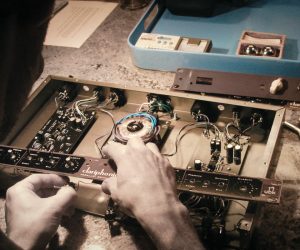
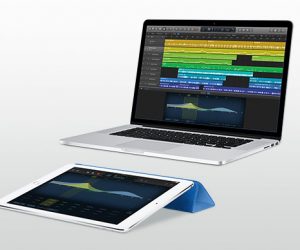
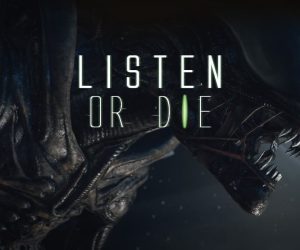
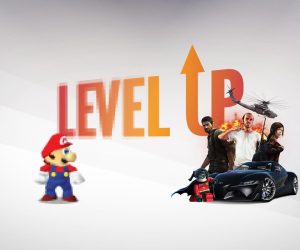

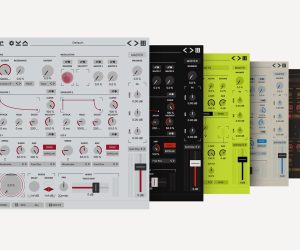
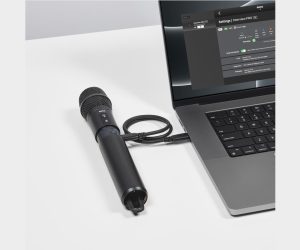
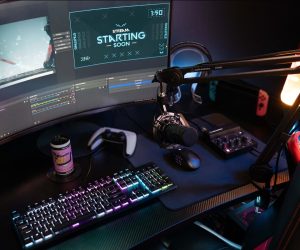

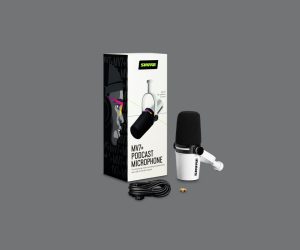


RESPONSES